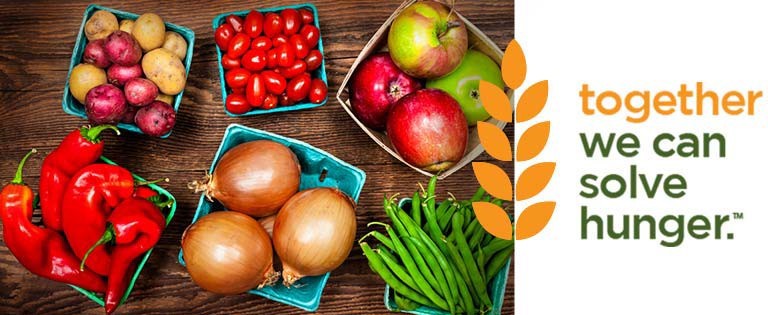
COMSTOCK PARK, Mich. — Aug. 13, 2019 — A new study published by the Centers for Disease Control and Prevention reveals how health care costs decrease when food security rates rise and vice versa. Since these costs vary by locality, the study provides national, state and county-level data.
Food insecurity increases the risk of many chronic diseases including type two diabetes, hypertension, heart disease and obesity. Nationwide, health care costs associated with food insecurity equate to approximately $52.9 billion of the estimated $1.2 trillion annual health care costs accrued.
At the time of this study, there were 919,310 food-insecure adults in Michigan and each person’s health care costs were approximately $1,927 more than their food-secure counterparts. When combined, food insecurity equates to more than $1.8 billion in additional annual health care costs in the state.
Food banks, like Feeding America West Michigan, and federal nutrition programs, like the Supplemental Nutrition Assistance Program (SNAP), provide ways to reduce health care costs by decreasing food insecurity rates.
“The most important thing we want people to take away from this study is that our work does more than fill the plates of our neighbors facing hunger,” said Ken Estelle, president and CEO of Feeding America West Michigan. “We positively impact our neighbors’ immediate and long-term health – making us an asset to the health care system.”
This webpage provides an easily digestible and interactive way to interpret the state and county-level data provided. It displays the number of food insecure adults and annual health care costs associated with food insecurity by state. It also allows readers to manipulate the food insecurity rate by state and county in order to see how health care costs would change.
About Feeding America West Michigan
Serving local families in need since 1981, Feeding America West Michigan reclaims safe surplus food from farmers, manufacturers, distributors and retailers. That food is distributed through a network of more than 900 food pantries, soup kitchens, shelters and other hunger-relief agencies in 40 counties from the Indiana border through the Upper Peninsula. Last year, Feeding America West Michigan distributed more than 21 million meals to those facing hunger. For more information, visit FeedWM.org.
###
